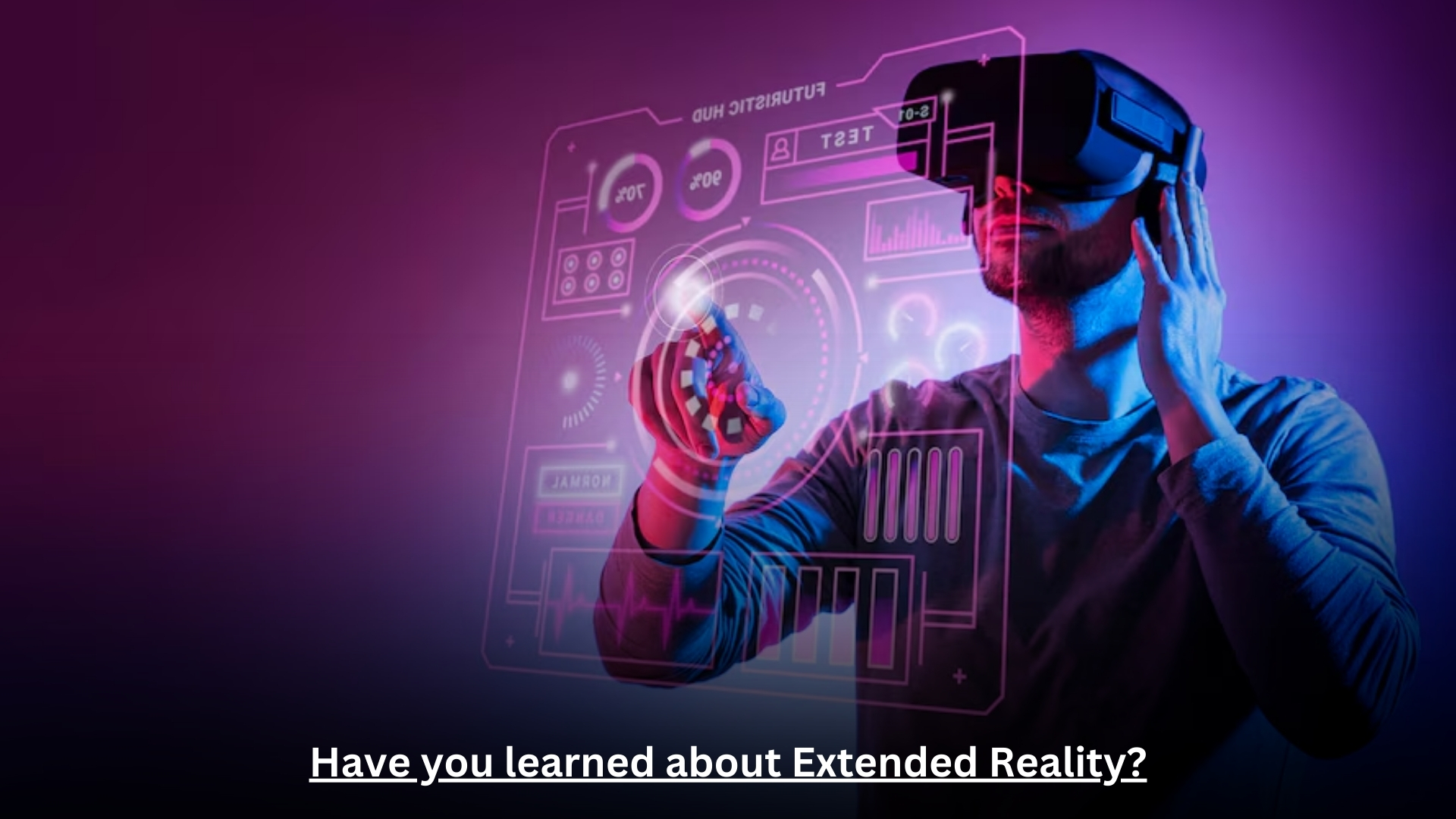
Extended Reality (XR) is an innovative technology that out-forwards captivating experiences. It is a blend of physical and digital worlds. From virtual environments that entirely replicate the real world to augmented enhancements that underlay digital elements onto the physical space, extended reality has revisited how we interact with content, entertainment, and technology. Technically, it includes Augmented Reality (AR), Virtual Reality (VR), and Mixed Reality (MR). These engaging technologies have increased traction in several industries resulting in rapid growth in the market.
So, let’s explore the different types of XR, its benefits, and the challenges it faces.
Augmented Reality overlays digital elements, such as images, sounds, or other sensory stimuli, onto the real world. AR uplifts the physical environment rather than replacing it.
Examples: Snapchat, Instagram filters, or Pokémon Go.
Virtual Reality takes users into an interesting digital environment, cutting off the physical world. VR comes with a headset that provides 360-degree visuals, along with audio and sometimes tactile feedback, creating a total sensory submersion.
Example: PlayStation VR.
Mixed Reality is a hybrid of AR and VR, enabling digital objects to interact with the physical world in real-time. MR is primarily seen in advanced industrial, design, and healthcare applications. While it uses the physical environment, digital elements behave as if they were part of the real world.
Example: Microsoft’s HoloLens.
The rise of Extended reality, including ar vr has numerous benefits across various industries, changing the way businesses operate and how consumers interact with products, services, and environments:
XR gives captivating interactive experiences, helping companies engage with audiences like never before. Brands using augmented reality and virtual reality technologies can showcase products more dynamically, improving customer satisfaction and loyalty. Virtual showrooms, augmented shopping experiences, and interactive ads create in-depth connections with users.
~For example, AR can be used in e-commerce for virtual experiences or in real estate for 3D property tours.
XR is transforming how professionals are being trained especially in industries where practical experience is important but difficult to simulate. AR and VR come with risk-free, interesting learning environments in industries like healthcare, aviation, and manufacturing. Medical students, for instance, can practice surgery in a virtual setting without risks.
With the help of Virtual reality augmented reality, businesses now can collaborate with anyone across geographical boundaries. This technology is considered very crucial for product design and engineering. In today’s remote work era, XR helps in smooth communication, offering virtual collaboration rooms where teams can work together on complex projects in 3D.
Since nothing comes hassle-free, XR also has some set of challenges that we must address for widespread adoption.
Developing high-quality XR experiences can be expensive as it involves high-end software utilities. This is the reason, small businesses and startups face difficulty before investing in XR. They come with expensive gear and the market of XR is still evolving, so the cost of equipment like VR headsets or MR glasses remains high, limiting accessibility for a widespread audience.
Despite advancements in AR VR technology, hardware and software limitations are common. Virtual reality, for example, comes with specialized hardware like VR headsets, which are often heavy and uncomfortable. Latency issues, poor resolution, and limited battery life for mobile AR apps also hinder the user experience. To overcome these challenges, major improvements in hardware performance and software optimization need to be performed.
XR acts as data collector and collects large amounts of data about user behavior and environments. This raises questionable concerns on privacy, especially with virtual reality and augmented reality apps using facial recognition or GPS location. Companies that develop AR and VR platforms, ensure that the privacy and security of users must comply with strict data protection regulations to prevent unauthorized data use.
Despite its growth, XR is still a very unpopular technology. Adapting to XR technology still needs regular learning and accessibility which is a concerning issue for disabled users. Making extended reality all-round is an ongoing challenge.
Extended Reality (XR), has the potential to take industries to the next level such as retail, healthcare, education, and entertainment. Collaborating with a professional virtual reality company like Mayabious Group will be the smartest decision! We are a leading AR VR company with happy customers worldwide. Partnering with us can limit obstacles and bring the full potential of XR to life. Get in touch with us!